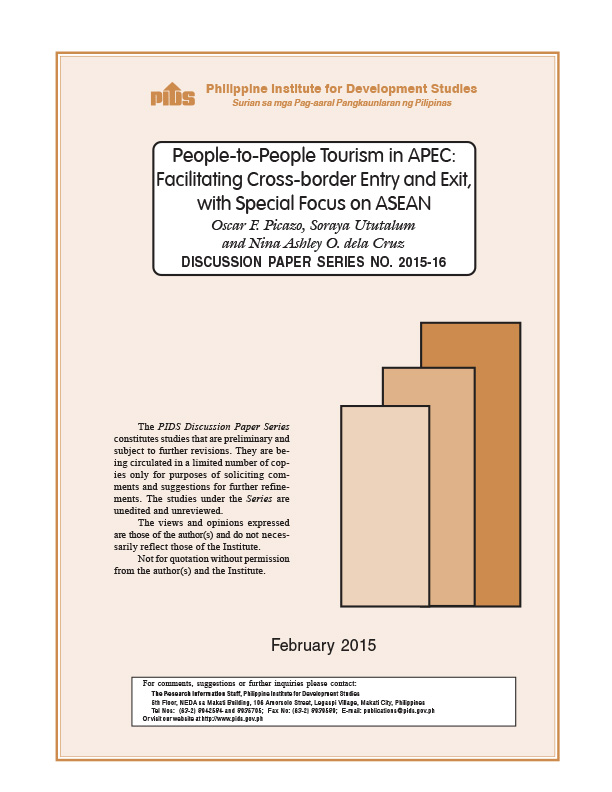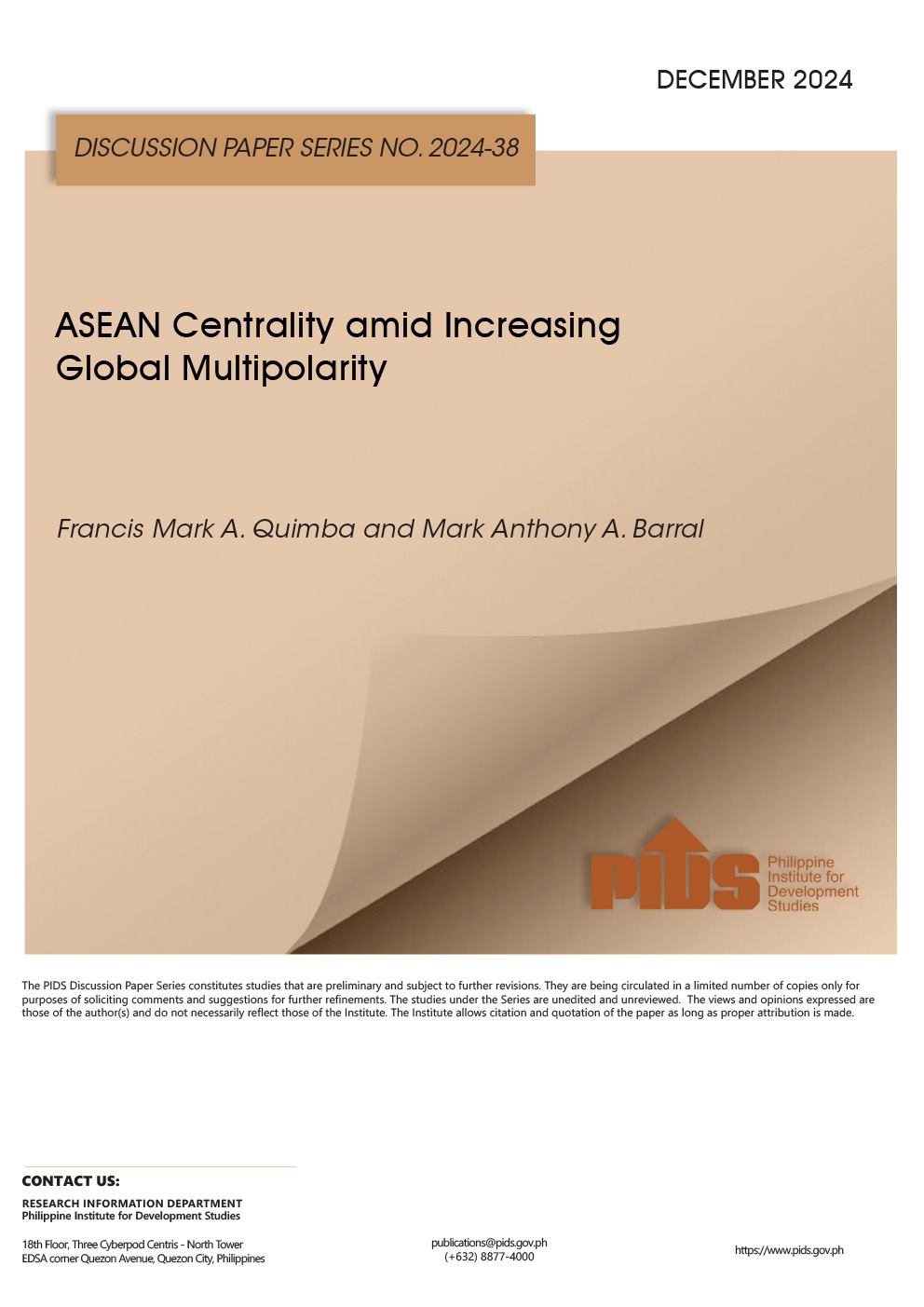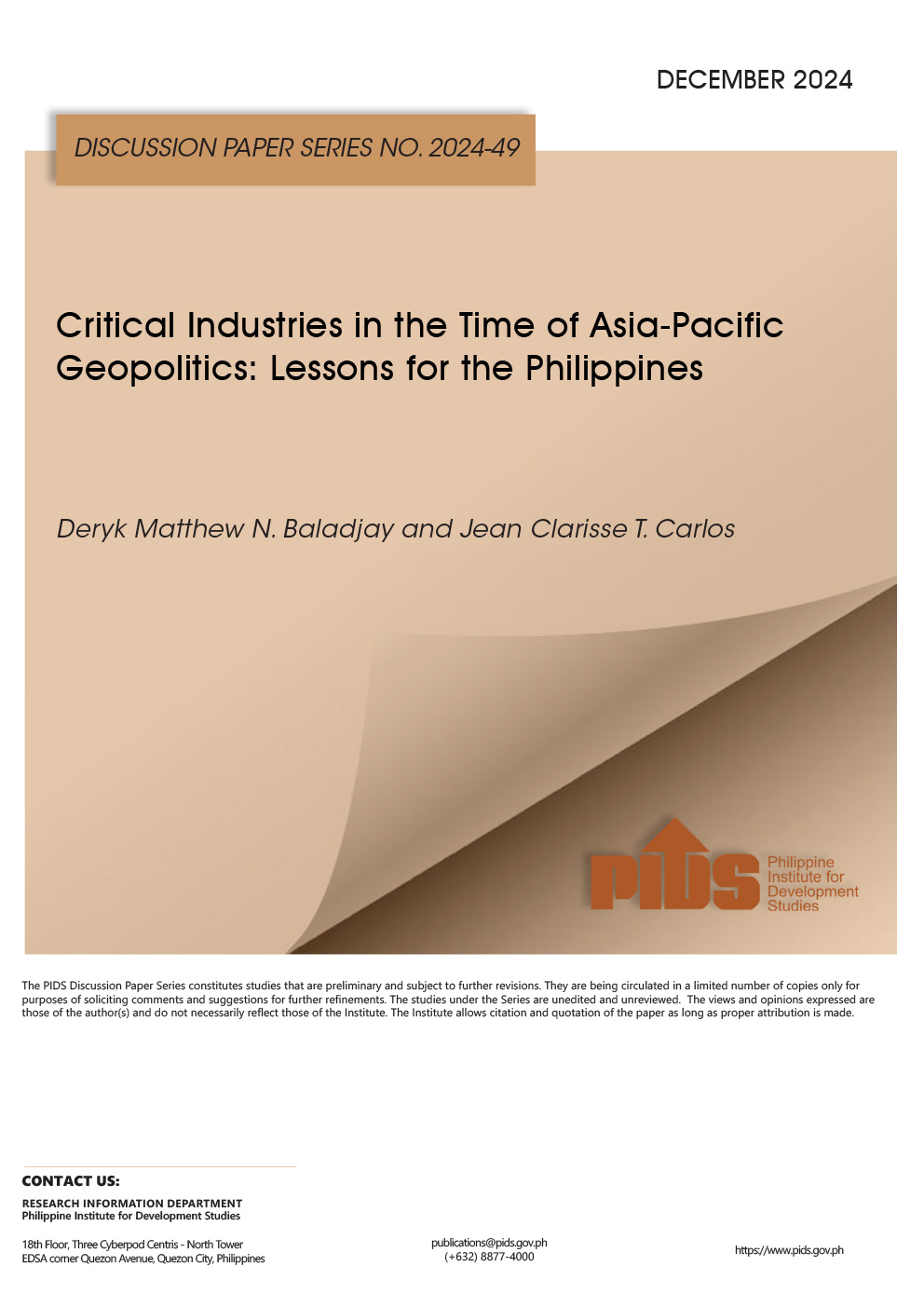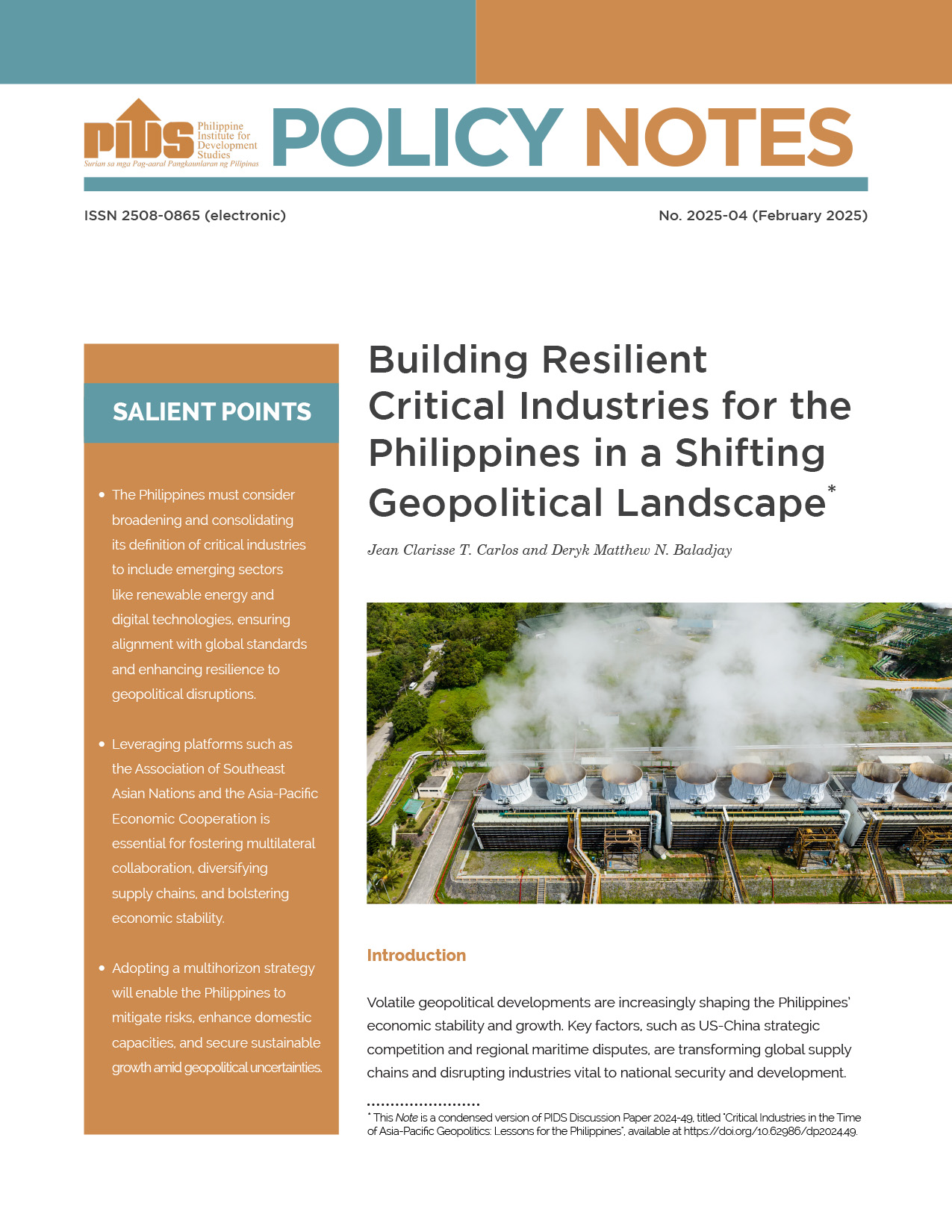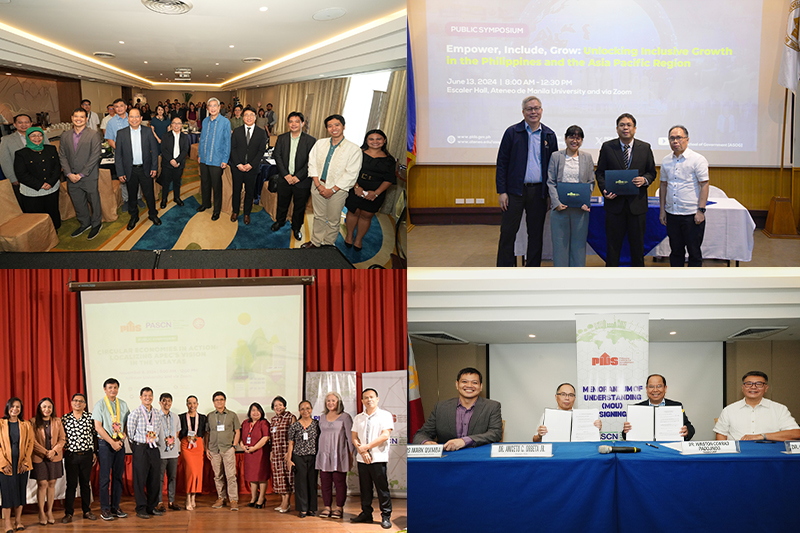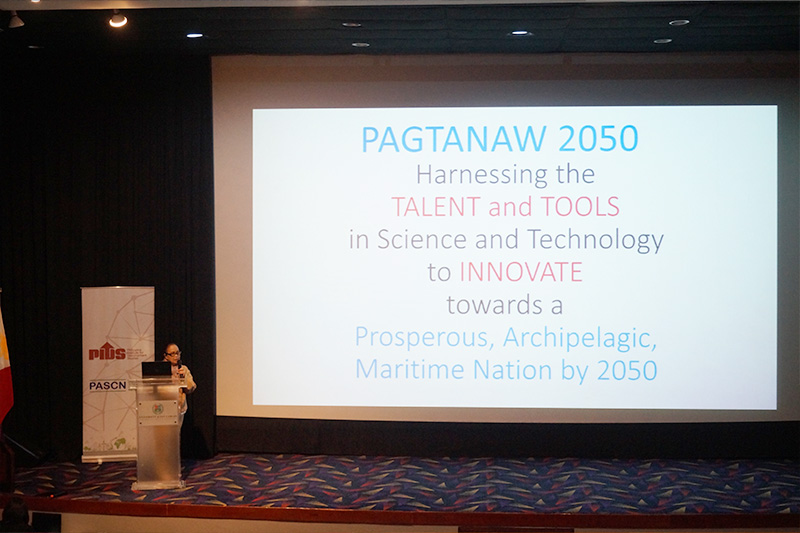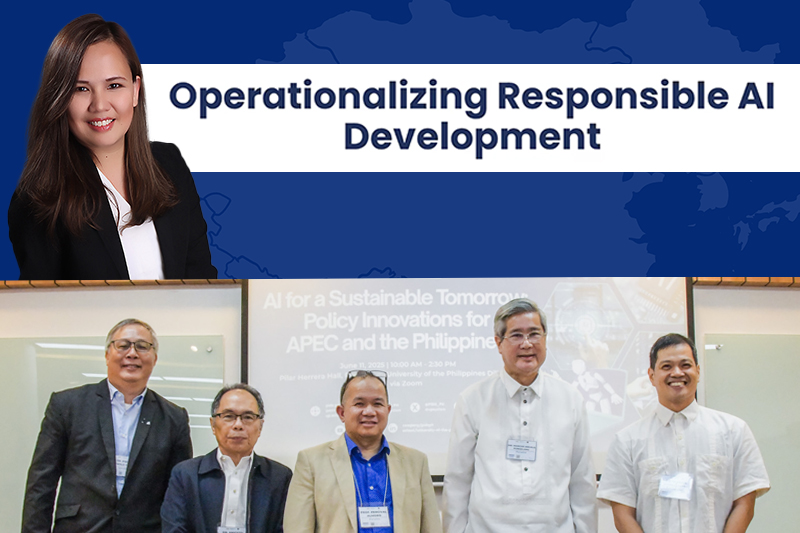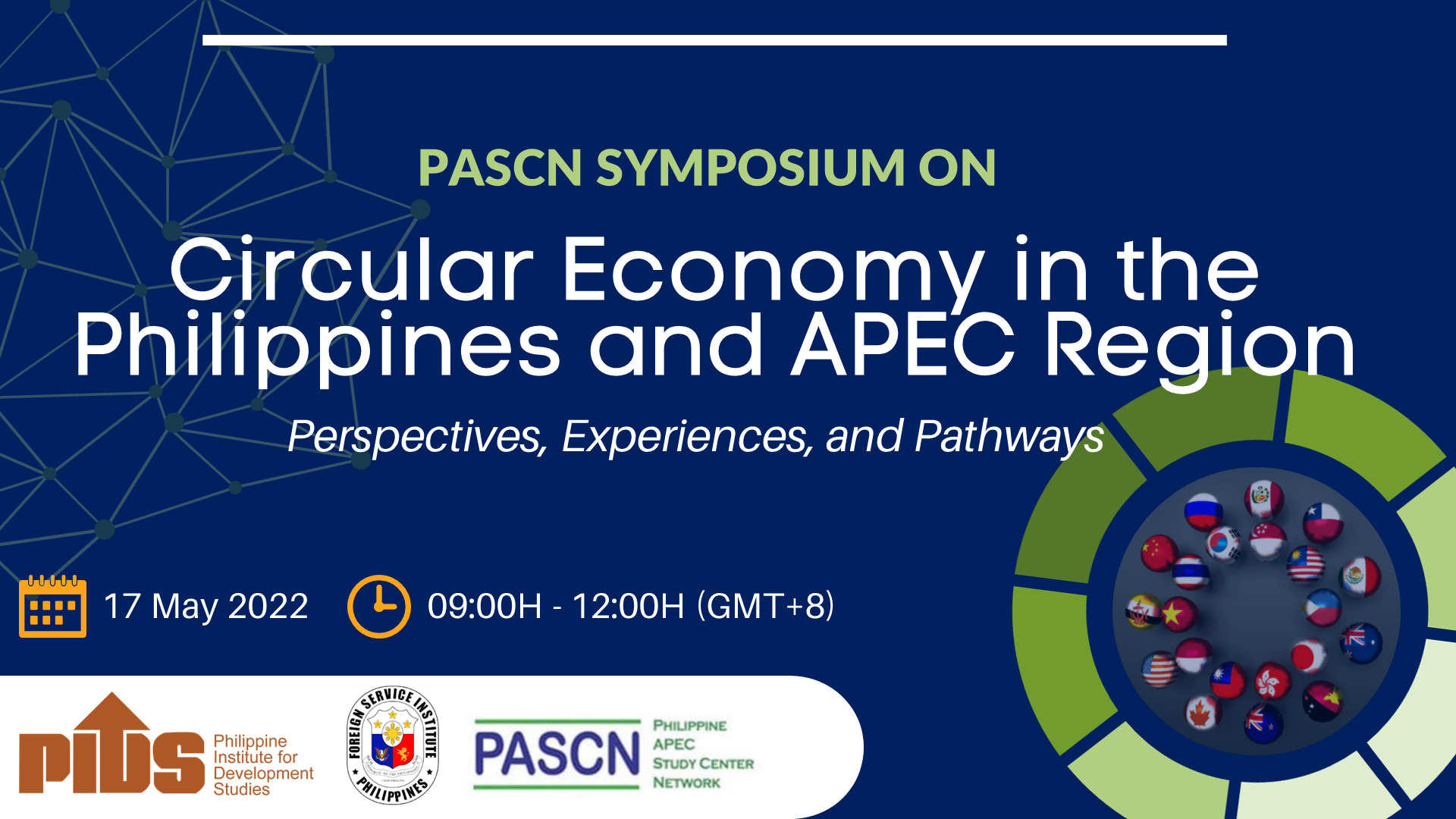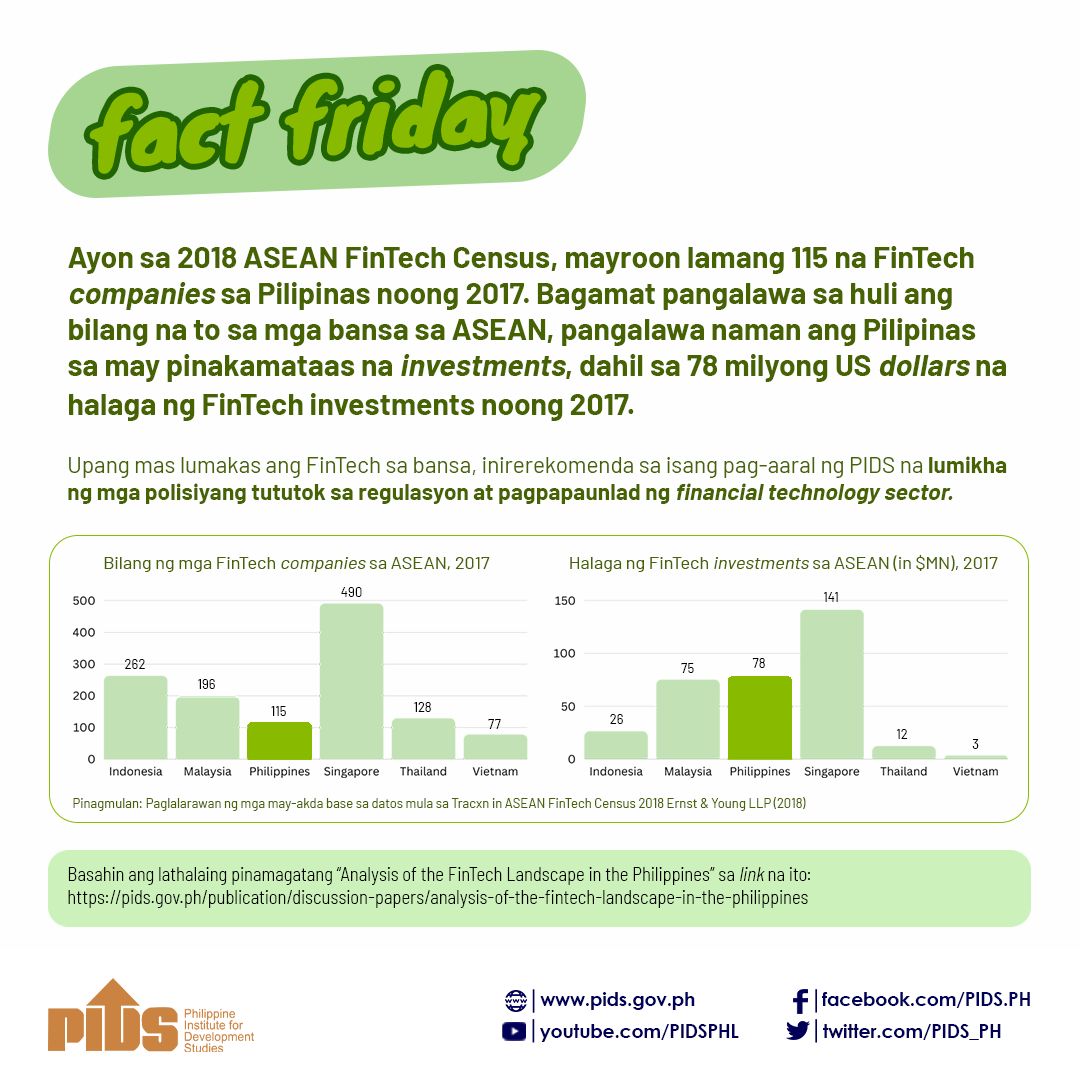This paper discusses the promotion of person-to person (PTP) tourism in the member-countries of the Asia-Pacific Economic Cooperation (APEC), focusing on the ten countries of the Association of Southeast Asian Nations (ASEAN). PTP can be defined as the cross-border movement of people from one country to another on a repeated basis for (a) educational, training, or related capacity building; (b) research and development (R&D) cooperation; (c) police, constabulary, military, security, or anti-crime assignments; (d) responding to health epidemics or outbreaks; (e) medical tourism; (f) responding to disaster or calamity; (g) management of environmental parks and natural resource assets; (h) local border traffic; and (i) other valid reasons that APEC countries will deem important. The paper situates PTP tourism in the context of intra-ASEAN and APEC tourism, discusses the rationale for increasing PTP tourism, and the current obstacles of doing this. It reviews recent international practices in promoting PTP tourism through entry and exit facilitation, identifying general as well as specific programs and policies in a number of innovating countries. The paper ends with recommendations to facilitate PTP tourism in ASEAN and APEC.

